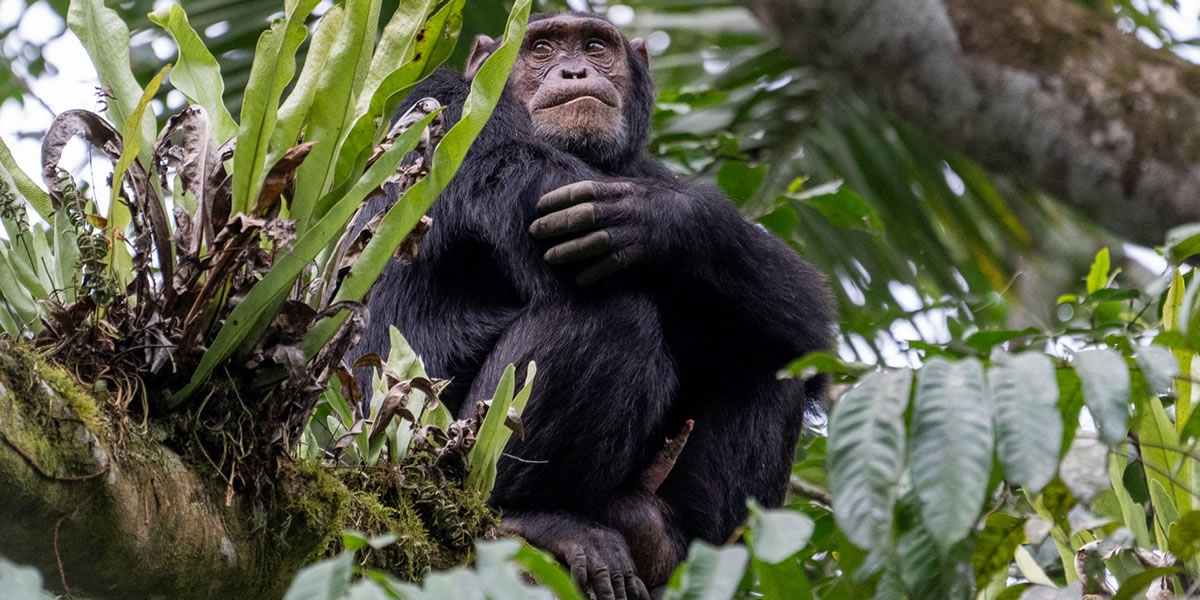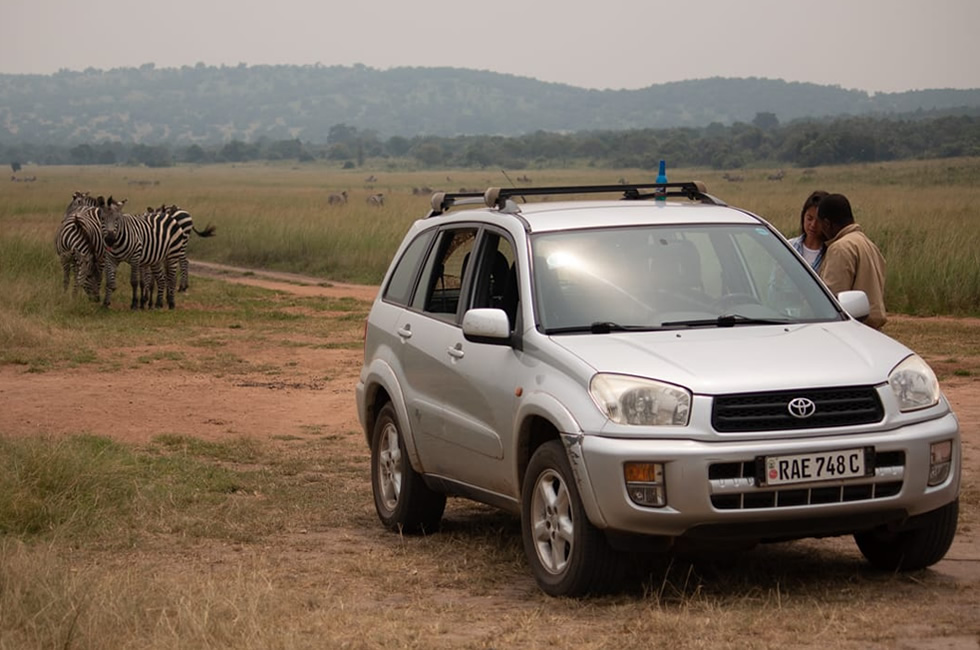Are you planning to take a safari in Rwanda? Would you like to learn more about the history and culture of the Rwandan people. Here are 10 important cultural sites in Rwanda that you can visit to learn about the countries’ past;
Ryamurari
It’s among the prominent archaeological sites in Rwanda. It offers the remains of the famous archeology and oral traditions of the Rwandan culture.
Ryamurari site is located in Bufunda Village, Bufunda Cell, Mukama Sector in Nyagatare District. It is situated on top of the hill known as Mukama which stretches on about 50 acres. This site consists of three large earthwork structures and a stone cut reservoir. Formerly, Ryamurari was the capital of Ndorwa Kingdom before it was annexed by Rwanda.
Utubindi twa Rubona
It is a cultural site which is situated 4 km from the main road of Kayonza Nyagatere in the Tubindi village, Rubona cell, Kizunguro province in Gatsibo district. The site lies within Rubona primary school and it’s made like a cluster of seven excavations which are shaped like clay pots without rims and necks. Even though their size is different, these pits are the same and it’s a clay pot shaped form thus the name Utubindi which is a Kinyarwanda name meaning small pots.
These pots were excavated by King Ruganzu 11 Ndoli on his way from Karagwe. When his men arrived there, they were thirsty and could not trace any water source around. And skillful Ruganzu used his magic spear and excavated the pits and started drinking water from them. The pits also have Ruganzu’s foot prints and bow trace.
Urutare Rwa Ngarama
It’s another cultural centre found in the Ngarama province in Gatsibo district. It’s about 20 km from the place called “Mu byapa bya Ngarama” along the main road to Kigali Nyagatare. It is locally known as “Ibare rya Ngarama” meaning the stone in Urukiga language. The features here include; foot prints and an area when hit using a stone or metal resonates. The local people here believe that these features have been fixed there by Ruganzu and have remained as a sign of his incredible knowledge and greatness.
Mimuri
It is found near the mimuri market in Nyagatare district. The site is a cluster of five houses were by three of them are circular and the 2 are trapezoid forms. These were built with metal sheets by King Mutara 111 during early 1950s. The region of Umutara was a savannah wood land and a hunting place throughout the kingdom period. Rudahigwa liked hunting and this was also a tradition for the Rwandan monarchs to go around their kingdoms, for contemplating it, populace and meeting chiefs.
The house were constructed and used as hunting camp and meeting lace with the rest of the population as well as local chiefs. The site also reflects early Rudahigwa’s aspiration of development and modernity as seen through the materials that he used while constructing.
Ethnographic museum
It started in 1989 in Rwanda in Huye as the former national museum of Rwanda was turned into the ethnographic museum which was started in 1989 and is located in Huye. Before that, the national museum was the only museum in Rwanda and it has the finest ethnographic and archaeological collections in east Africa with over 10,000 artifacts.
National Arts Museum Rwesero
It’s located across the valley from the museum of Rwandan Ancient History as well as Nyanza Royal palace; this museum displays contemporary artwork which also shows the originality of Rwandan creativity, national, tradition as well history. The pieces also show the originality of Rwanda’s rich history as well as creativity. It was also built as a palace of king Mutara 111 and passed away even before occupying it.
The museum of Rwanda Ancient History
It was formally the residence of King Mutara Rudahingwa and sits at Rukari near the royal palace. The palace has been restored and it offers a back ground of Rwandan life as it was in the past days. At the neighboring hill of Mwima, king Mutara as well as his wife was buried. At the museum, there is a traditional house, and a thatched hut which is an imitation of the king ‘palace. The palace differed from the other home steads and his house had three separate poles on which the roof rests.
The Museum of Natural History
The museum is situated in Nyarugenge district with in the capital city of Rwanda. It’s known as the house of Kandt since it was a residence which was once occupied by German scientist, Dr Richard Kandt. It was turned into a museum of natural history since Richard was the first German imperial resident in Rwanda and this museum was homage to his work. The German government handed over the site and its art facts to Rwandan government on January 2013.
The Royal residence of King Mutara 111 Rudahigwa
It was built by Belgium in 1931, the colonial style home served as the royal palace of King Mutara until he died. Unfortunately, all the gifts as well as furniture that he received from the visiting dignitaries were stolen during the genocide of 1994. This home is still interesting with its peculiarities which include; three sitting rooms which was for receiving the visitors.
It’s based in Nyanza, which is 88km south of Kigali city, it offers a detailed look into Rwandan Traditional seat of their monarchy, and this is also an impressive museum which was restored in the 19th century and made entirely with its traditional materials. The long horned cows which are known as Inyambo were recently introduced because they an integral part of Rwandan culture. On the nearby hill of Mwima, you can as well visit the burial grounds of King Mutara 111 and his wife Queen Rosalie Gicanda.


